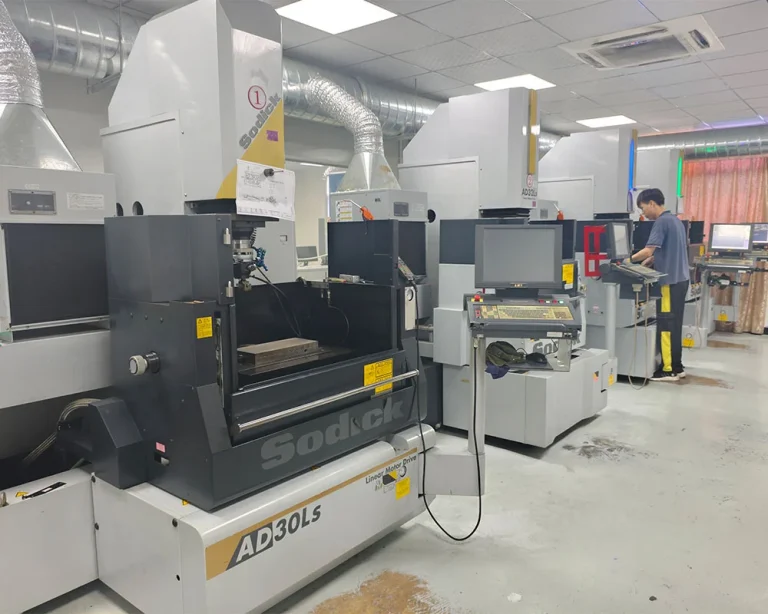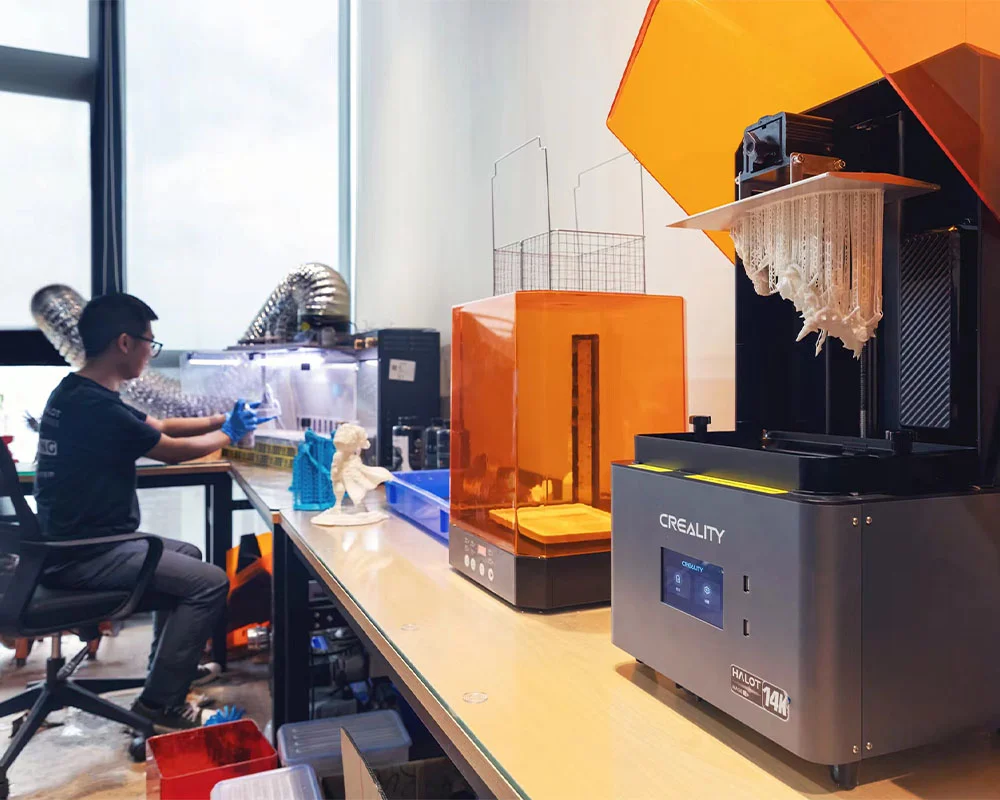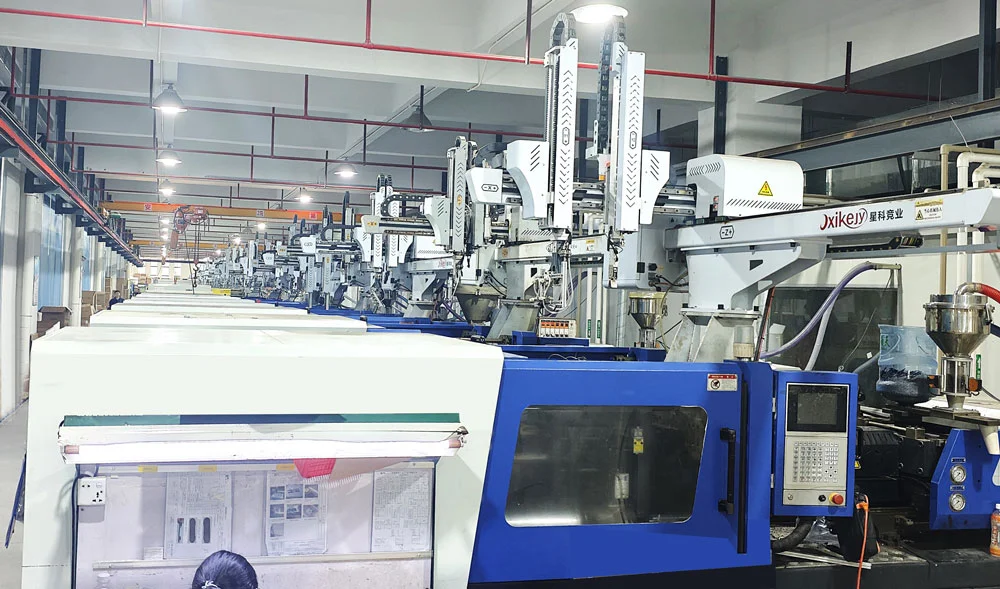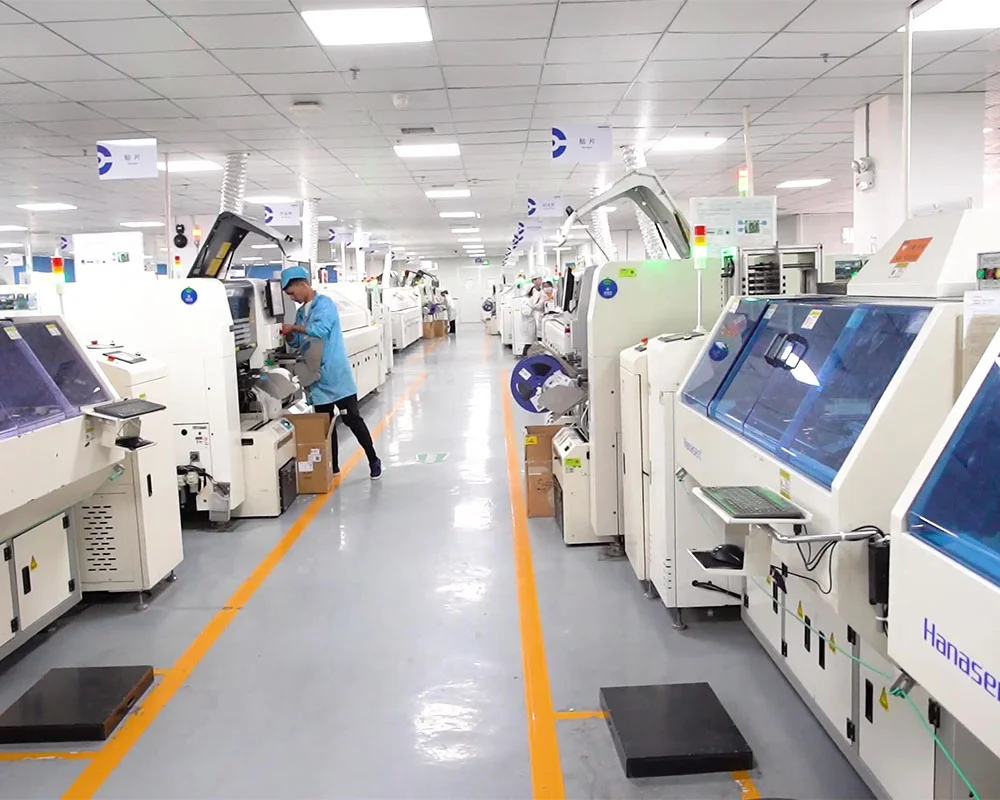Plastic injection molding and 3D printing stand out as two manufacturing technologies for producing plastic parts and components in today’s scenario. What was initially perceived to be a contest between two methods is gradually understood to offer unique advantages of their own and find application together for maximum efficiency. This blog will delve into an in-depth comparative study of the two manufacturing processes, touching on their strengths and weaknesses, and use cases.
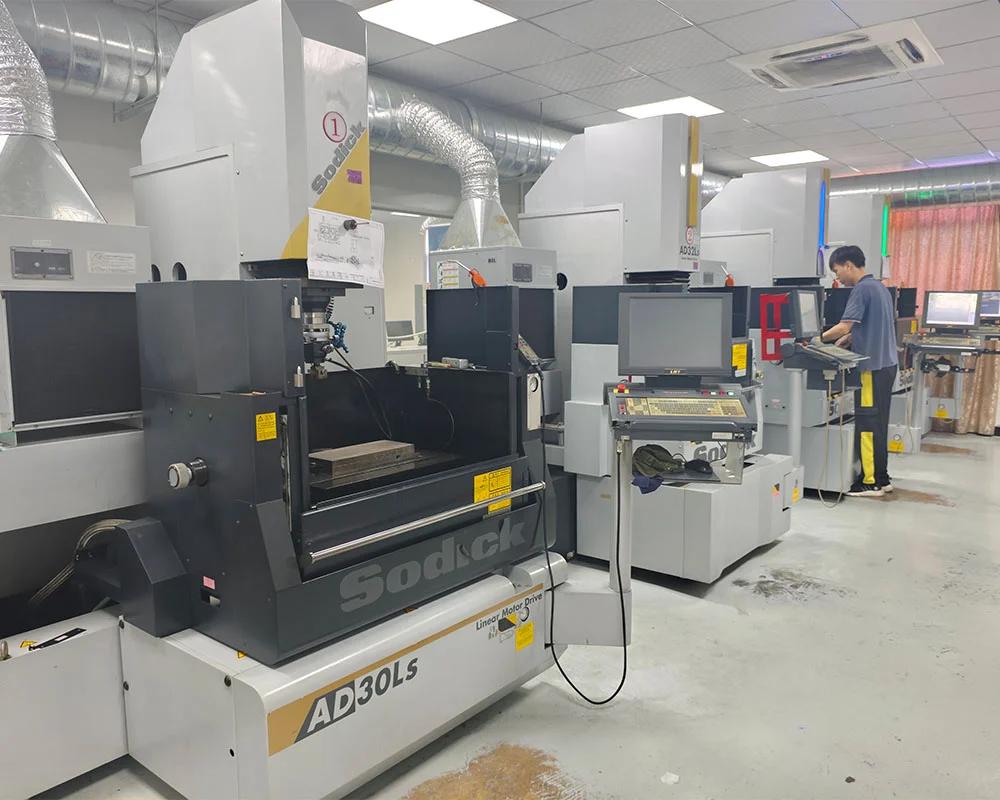
What are Plastic Injection Molding and 3D Printing?
Plastic Injection Molding: This is the process of injecting molten plastic into a mold of a certain shape. It cools down, solidifies, and takes the form of the mold. After it has set, the part is removed. The method is good for high volumes of consistent, accurate parts.
3D Printing: This is a manufacturing technique, also known as additive manufacturing, that builds objects in layers from a digital design. It uses materials like plastic filaments or powders to create three-dimensional parts. 3D printing is known for its flexibility and the ability to make complex designs quickly.
Key Differences Between Plastic Injection Molding and 3D Printing
| Feature | Injection Molding | 3D Printing |
| Turnaround Time | Longer (5-7 weeks for simple parts) | Shorter (1-2 weeks) |
| Production Volume | High (1,000+ parts per run) | Low (100 parts or fewer) |
| Design Changes | Difficult and costly to modify once the mold is made | Easy to modify designs, even during production |
| Design Complexity | Limited by mold design; complex designs can be challenging to produce, requires careful design for manufacturability | Excels at creating complex designs with intricate details; greater design freedom |
| Part Size | Parts of any size and complexity can be produced | Relatively small parts or components; large items may be unstable |
| Material Strength | Generally stronger due to single-layer construction; no weak points or fissures | Layer-by-layer construction can result in lower strength and structural faults |
| Surface Finish | Smooth surface finish; parts can be post-processed effectively | Rougher surface finish due to layering; may require post-processing for smoothness |
| Material Wastage | Minimal; uses only the necessary amount of material | Some material loss through support structures and failed prints |
| Tooling Costs | High upfront costs for mold creation; varies with mold size and complexity | Low initial costs as it doesn’t require specialized dies |
| Customization | Not recommended; difficult and expensive to modify the mold | Highly customizable; easy to modify CAD files for changes |
| Cost | Lower unit costs for high-volume production | Higher per-unit costs for large production runs |
When to Use Each Technology
3D Printing is Best Suited For:
Rapid Prototyping: With the short time it takes to produce a model and ease of design modification, 3D printing is ideal for prototyping. Many are used to test designs and stages before going into mass production.
Low Volume Production: It is suitable for small batches, typically below 100 parts.
Customized Parts: 3D printing does well in making custom products and parts that are often modified or updated.
Intricate Designs: 3D printing can make complex shapes, layer by layer, impossible to make by injection molding.
Quick Turnaround Times: With lead times of about 1-2 weeks, 3D printing is good to go when parts are needed in relatively quick time. • Small Plastic Parts: It is ideal for relatively small parts. Frequent Design Changes: If changes to a design are very frequent, then 3D printing is a better option.
Medical: This is mainly utilized in the fabrication of customized medical products such as prosthetics, dental products, orthopedics, and even artificial heart valves.
Plastic Injection Molding is Best Suited For:
High Volume Production: The injection molding process is cost-effective for large volume productions of 1,000 + parts.
Final Part Design: This is best when the final design has been decided upon and no further prototyping is needed.
Parts of Any Size or Complexity: Parts can be of any size and may be complex in nature.
Durable Parts: Injection molding fabricates robust and reliable parts with a single-layer construction.
Smooth Surface Finish: It provides a smooth and consistent surface finish.
Minimal Material Wastage: The process is pretty efficient, and it uses only that amount of material which is required.
Longer Turnaround Times: If long turnaround times are acceptable, the longer setup times of injection molding are less of a concern.
Consistency and Precision: Parts made by injection molding have a quality and precision that is consistent.
Industries Requiring Robust Components: Injection molding has industries that require robust components including automotive and industrial applications.
Tooling Design
Tooling design is a highly critical and mainly expensive part of injection molding. However, 3D printing can contribute something in this respect.
3D Printing for Tooling: 3D printing-specially SLA-can make your tooling for prototyping, hence reducing development time and saving lots. SLA parts are solid and can take pressure involved with low volume molding.
Traditional Tooling: Traditional metal tools are indicated if one is making bigger runs of a product that also requires highly accurate molds. Metal tools will also be needed when thermoplastics melt at temperatures above 500°F.
Mold Making Process: The molds are normally made from hardened steel, aluminum, or beryllium-copper alloy. Steel molds are stronger and suitable for high-volume production, while molds made of aluminum are cheaper for low-volume applications. Molds are often fabricated by Computer Numerical Control (CNC) machining or Electrical Discharge Machining (EDM) processes.
Materials
Most of the materials supported by both injection molding and 3D printing are similar. These include ABS, acetal, acrylic, PEEK, PEI, polycarbonate, polyethylene, and PTFE. This is, however, a generalization as properties change with the process. Injection molding also supports a wider array of materials than 3D printing and vice-versa.
Surface Finish and Part Strength
Surface Finish: Injection molding provides a much better surface finish than 3D printing. This is because 3D printing leaves a ridged surface, and further processing may be necessary to give 3D-printed parts a smooth finish.
Part Strength: Parts from injection moldings are much stronger because it is made of one layer of just poured material. The 3D printing, being printed layer by layer, can be weaker. However, materials like the RG resin of BMF are durable enough and can produce functional end-use parts.
Customization and Design Complexity
Customization: 3D printing is highly customizable. Modification of design is very easy in it. In the case of injection molding, a new mold is required for every modification in design, which is costly and time-consuming.
Design complexity: 3D printing will be able to make highly complex designs. There is one limitation for the injection mold while working with molds as right angles along with a couple of problem features will have their effect on part breakout during the action of ejection.
Cost Considerations
3D printing: doesn’t require any special kind of tool, so, subsequently, starting has the least possible charges and a real quick turnabout. A perfect very cheap means to produce models and Small batches.
Injection Molding: Although the initial investment in tooling is very high, the unit costs are considerably lower for very high-volume production, as it is highly efficient and can produce on a mass basis.
Silkbridge: Leveraging Injection Molding and 3D Printing for Efficient Production
Silkbridge brings together British innovation with the efficiency of Chinese manufacturing to offer a complete plastic injection mold making and other services. Understanding the subtlety between injection molding and 3D printing is important for efficient production. In this way, Silkbridge is able to manufacture optimally according to particular project needs.
It is suitable for high-volume production to fabricate consistent, strong parts with smooth surface finishes. Silkbridge has invested in newer machines, boasting more than 30 CNC machines and 25 EDM units to assure high precision in mold making. They are producing more than 30 million plastic injection parts every year from machinery ranging between 180 to 1200 tons.
3D printing is suited for prototyping and low-volume runs but can provide the quickest turnaround time with more design freedom. Even though Silkbridge is generally a high-volume manufacturing company, they still do in-house 3D printers for prototyping and can thereby support design for injection molding production.
That means, with Silkbridge, clients can get the most out of manufacturing in both areas: 3D printing during the initial design phases and then moving over to injection molding for mass production, ensuring quality and efficiency in the product. Silkbridge provides an integrated approach thereby ensuring quality control right from design to final product assembling.
To learn more about the plastic injection molding services available from Silkbridge, reach out to their team at contact@silkbridgeltd.com. Or our whatsapp link https://wa.me/8618122838771


